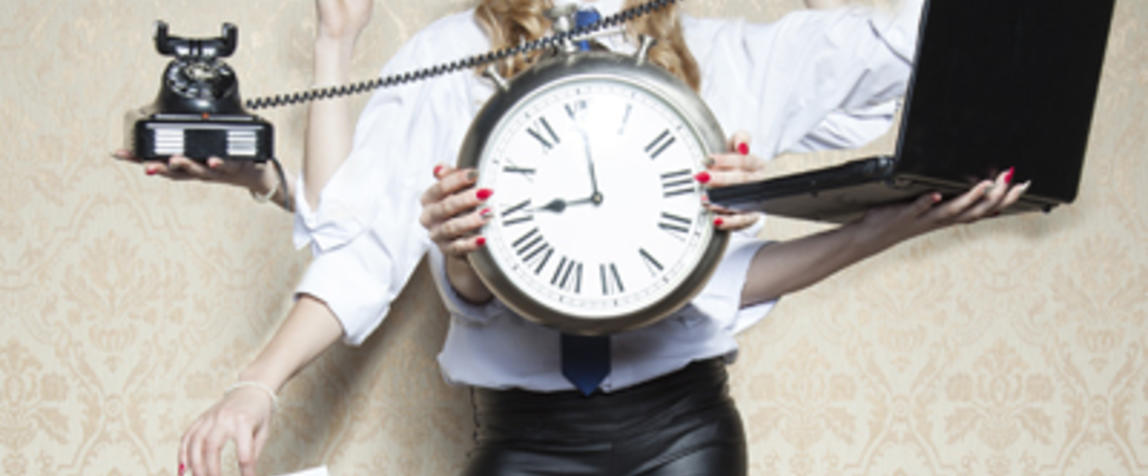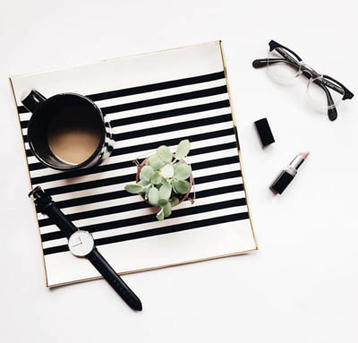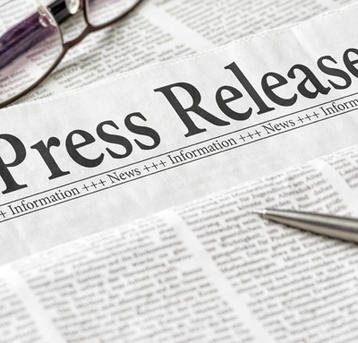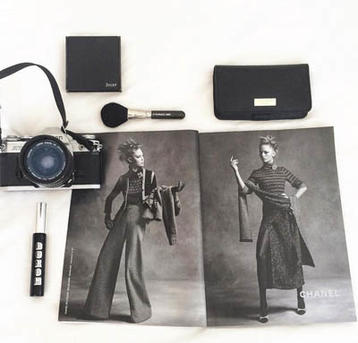Email, text, desk phone, mobile phone, social media, drop-in … there are so many ways to get in contact with media, it’s sometimes hard to know which way is best. And then there’s the question of how often.
To help put you on the straight and narrow, BD talks to a range of beauty media from some of Australia’s top magazine and online publications to discover their top tips when it comes to contacting best practices.
Playing favourites
When it comes to preferred contact methods, beauty editors were unanimous in their vote for email. “I think I speak for all beauty editors when I say email is the best way to contact us. Not only are we constantly on email, it also enables us to file information easily and search brands and contacts in seconds, making you and your brand more accessible and top of mind,” says OK!/NW senior beauty editor Laura Wilson.
Both freelance beauty editor Shonagh Walker and beautyheaven acting editor Rosemary Bracey agree that having things written down makes their job a lot easier. “It is always preferable to have things in writing,” exclaims Walker, with Bracey revealing it means she “can keep the press release on file and find it easily when I'm working on relevant stories. Plus, I can easily email the PR contact/brand for more information.”
For Blush Hour founder Lauren Dunne, an email works best with her workload: “Email is more practical for me because I can concentrate on getting my copy and work done without interruption, and then reply to enquiries and pitches in one solid block.”
Email also works well for those that are often out and about. “I spend a lot of time away from my desk shooting, in meetings or at launches, so it's best to email me and I promise I'll respond as soon as I can!” says Bracey. Australian Women’s Weekly beauty and health director Sheree Mutton adds to this, revealing: “Email is preferable as I’m away from my desk often. I can check emails on the go and it doesn’t interfere with writing if I’m on deadline.”
While all beauty editors agree they don’t like to be contacted by phone, there are a few exceptions to this rule. “I’d be on the phone all day if everyone contacted by phone, however, when it’s urgent and complicated - phone can work,” admits Woman’s Day/Yours beauty editor Kristy Bradley.
Follow-ups
It seems when it comes to follow-up calls and emails, keeping it to the minimum is the way to a journalist’s heart. “Less is best. Don’t inundate with products, press releases, phone calls or emails. Set a detailed strategy in place to capture the journalist’s attention and keep them intrigued. Constant follow-up calls and emails become exhausting,” says Walker.
Adding to this sentiment, Gritty Pretty founder Eleanor Pendleton reveals: “A week grace period should be given before follow-ups (not 24 or 48 hours). When following up, a second email or phone call is fine. If it's a matter of urgency or I'm overseas and operating on a time difference, I always encourage PRs to contact my head of partnerships who will chase me directly.”
The biggest turn-off for journalists is constant follow-ups. “Repeated follow-ups (using any contact method) do tend to grate - if a pitch or product is right for my publication, I'll respond to the first enquiry,” says Dunne, with Wilson adding: “We all appreciate a follow-up call or email, but multiple calls and emails sometimes puts me off a little!”
Another bug bear for journalists is being asked about product or information delivery. After being asked if there were any contact methods that would put her off wanting to feature a product, Harper’s Bazaar beauty writer Anna Lavdaras admits, “A phone call asking me whether I received their send-out/press release/email. Don’t mean to be harsh but this is just an all-round waste of time.”
Other big contact no-nos
Social media and mobile phones are two contact methods best to steer clear of. “Contacting beauty editors via Facebook private messages or Instagram direct messages is a big no-no. Business should be kept within business channels and contacting me on my personal and private Facebook page will not result in a response,” says Pendleton.
Likewise, mobile phones should be left to emergencies. “I think that a mobile number should only be used when necessary. This means you have already tried to email the editor, called their desk phone first, and it’s urgent that you speak with them,” reveals Wilson. Mutton agrees that she should only be contacted by mobile if it’s urgent and during work hours, and adds that she doesn’t like “someone coming into the office unannounced to pitch a story or product.”




